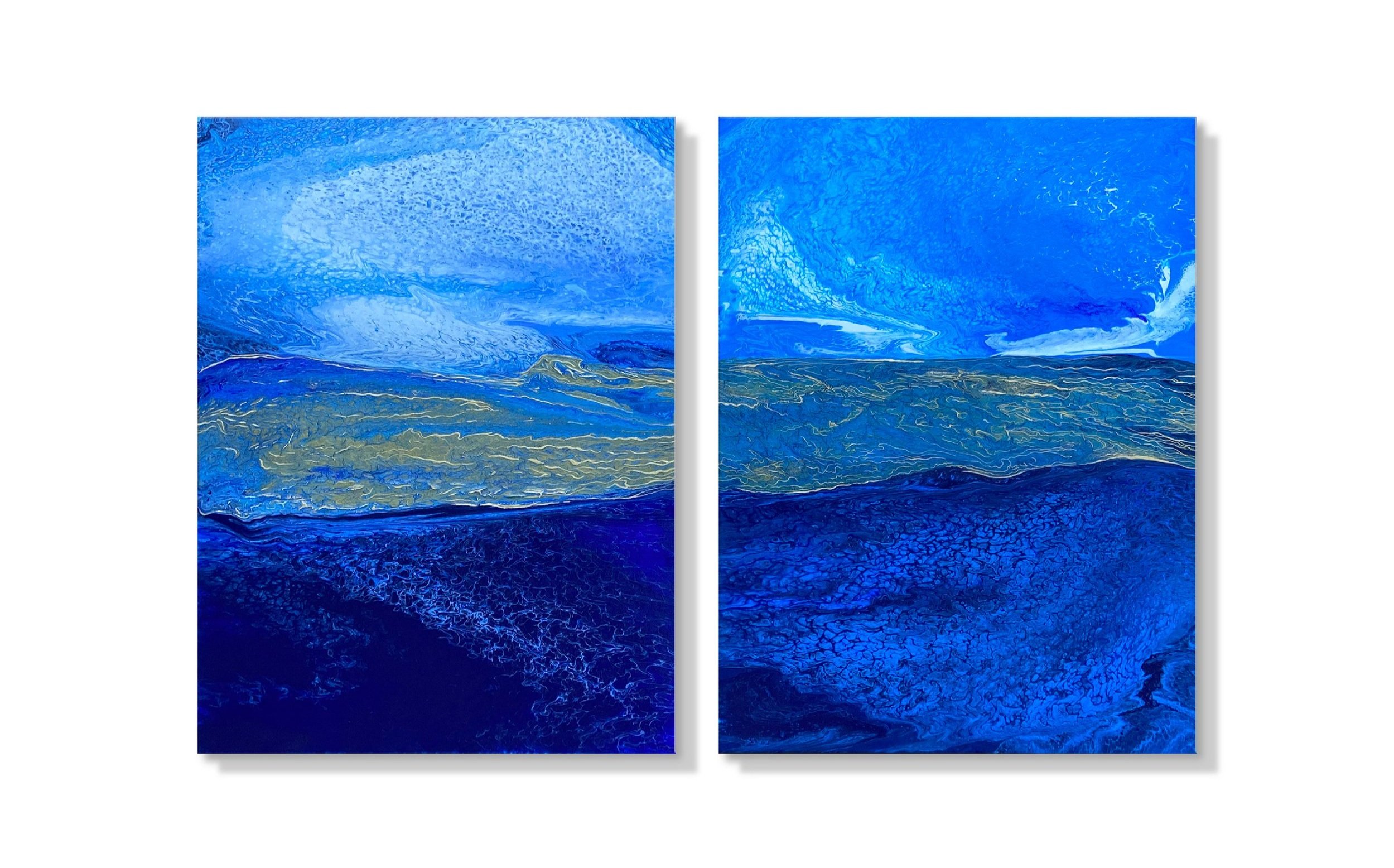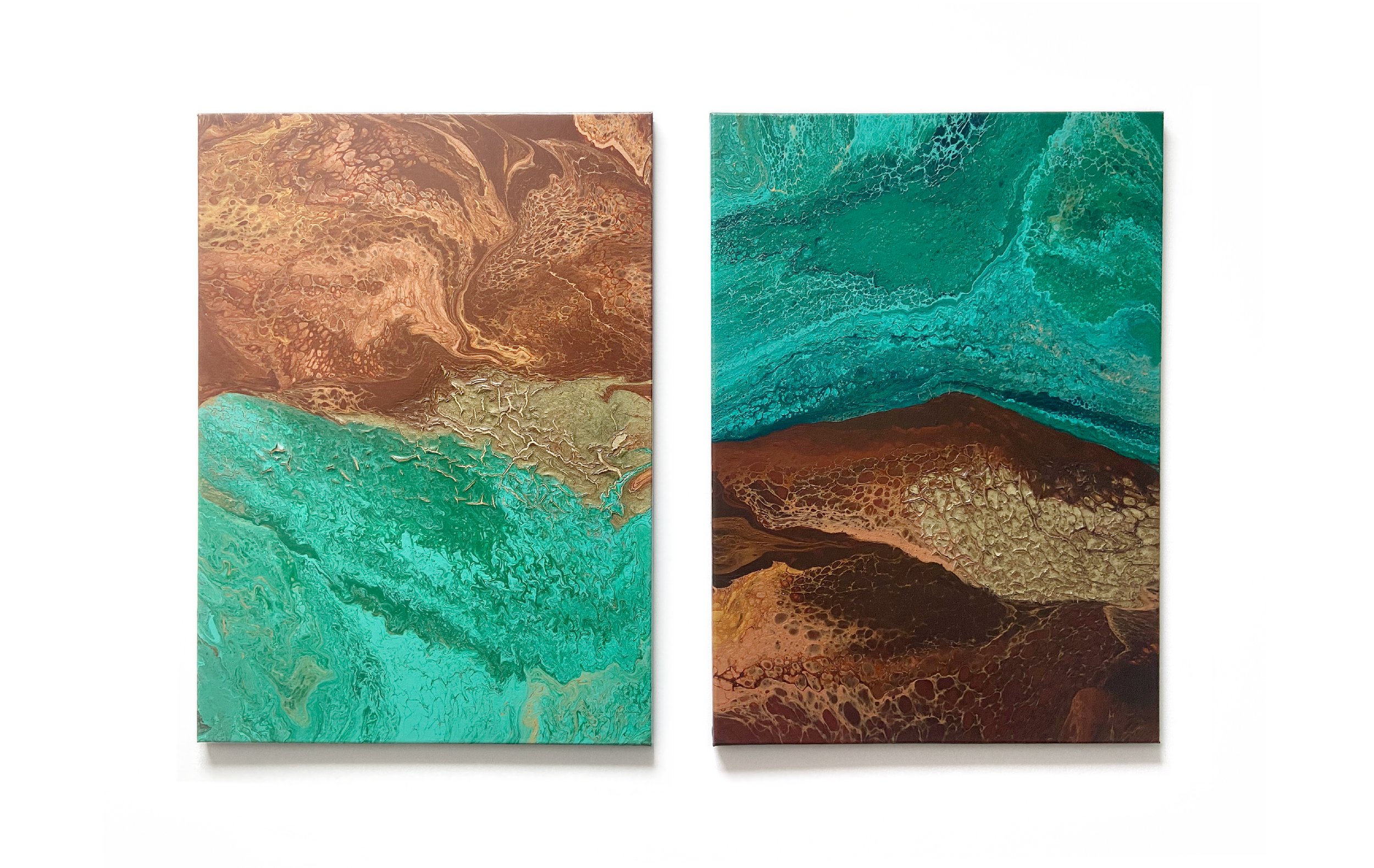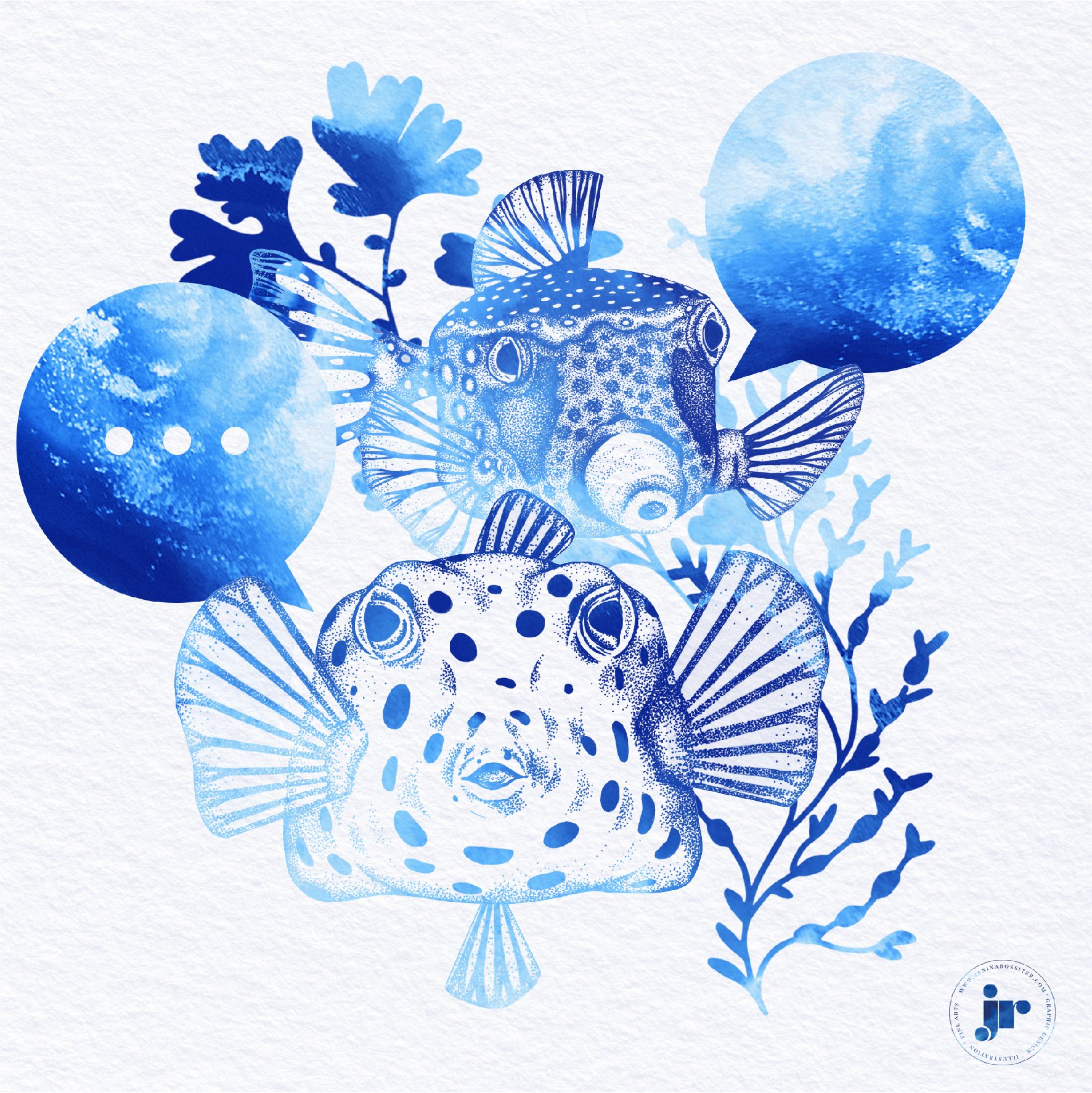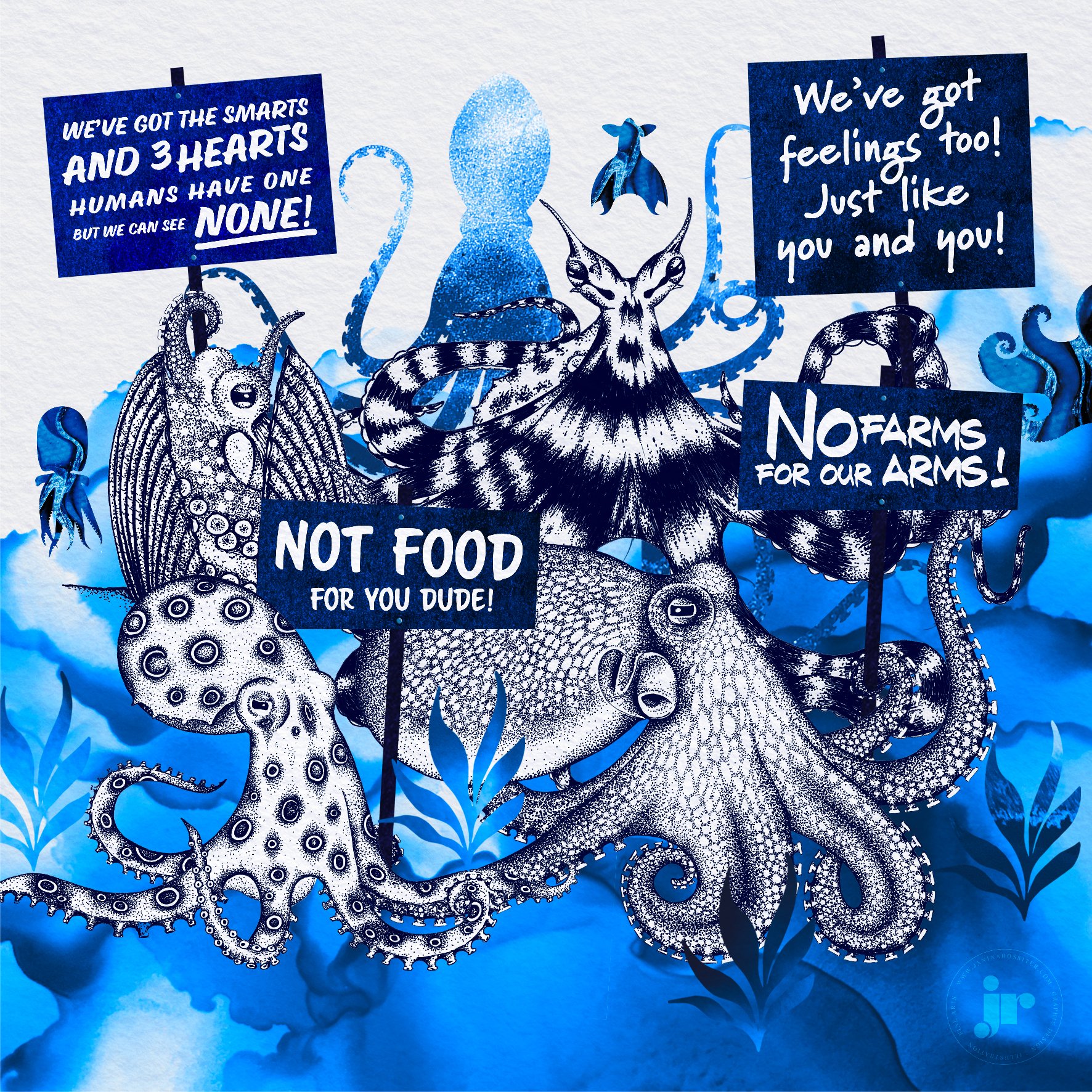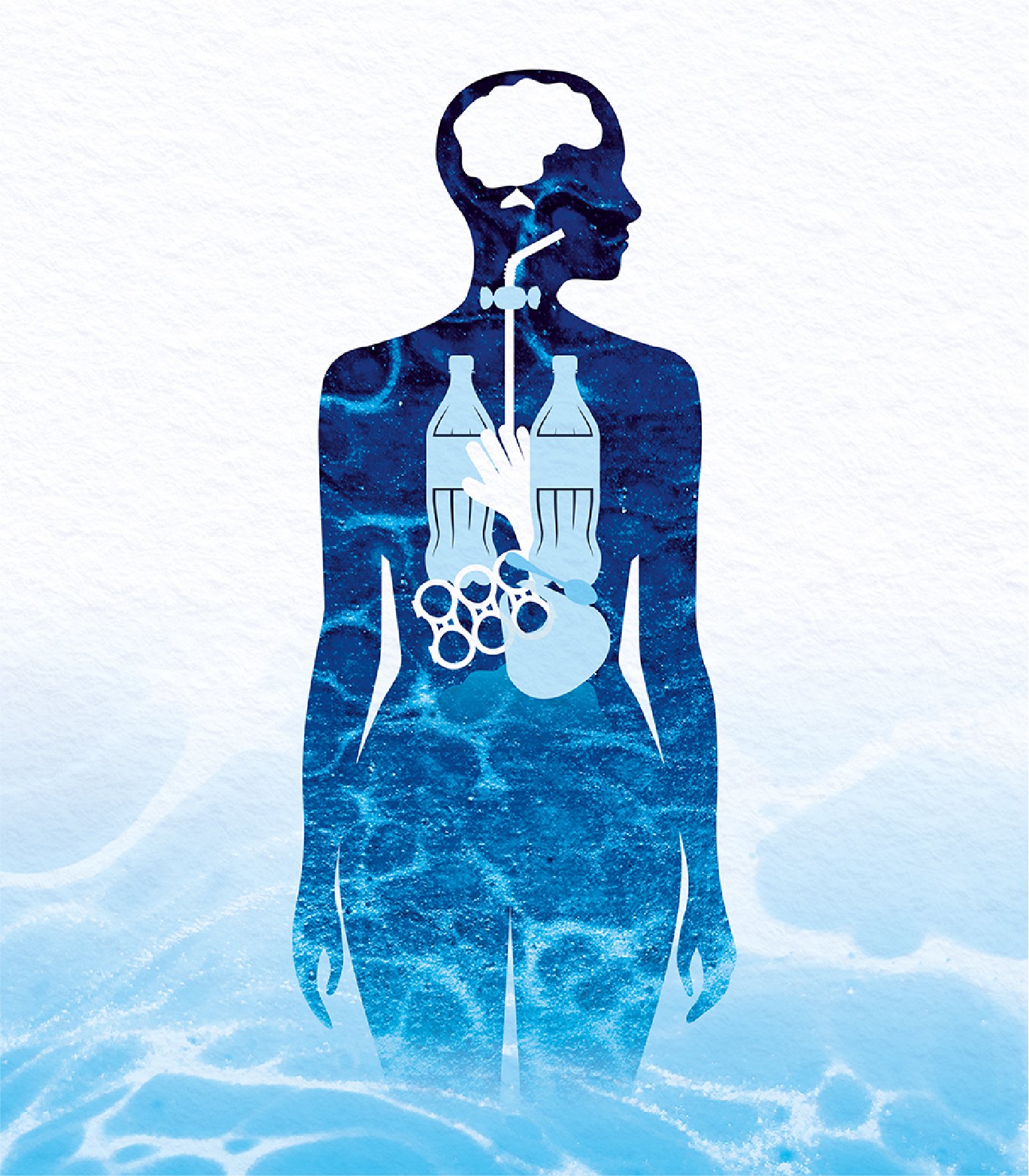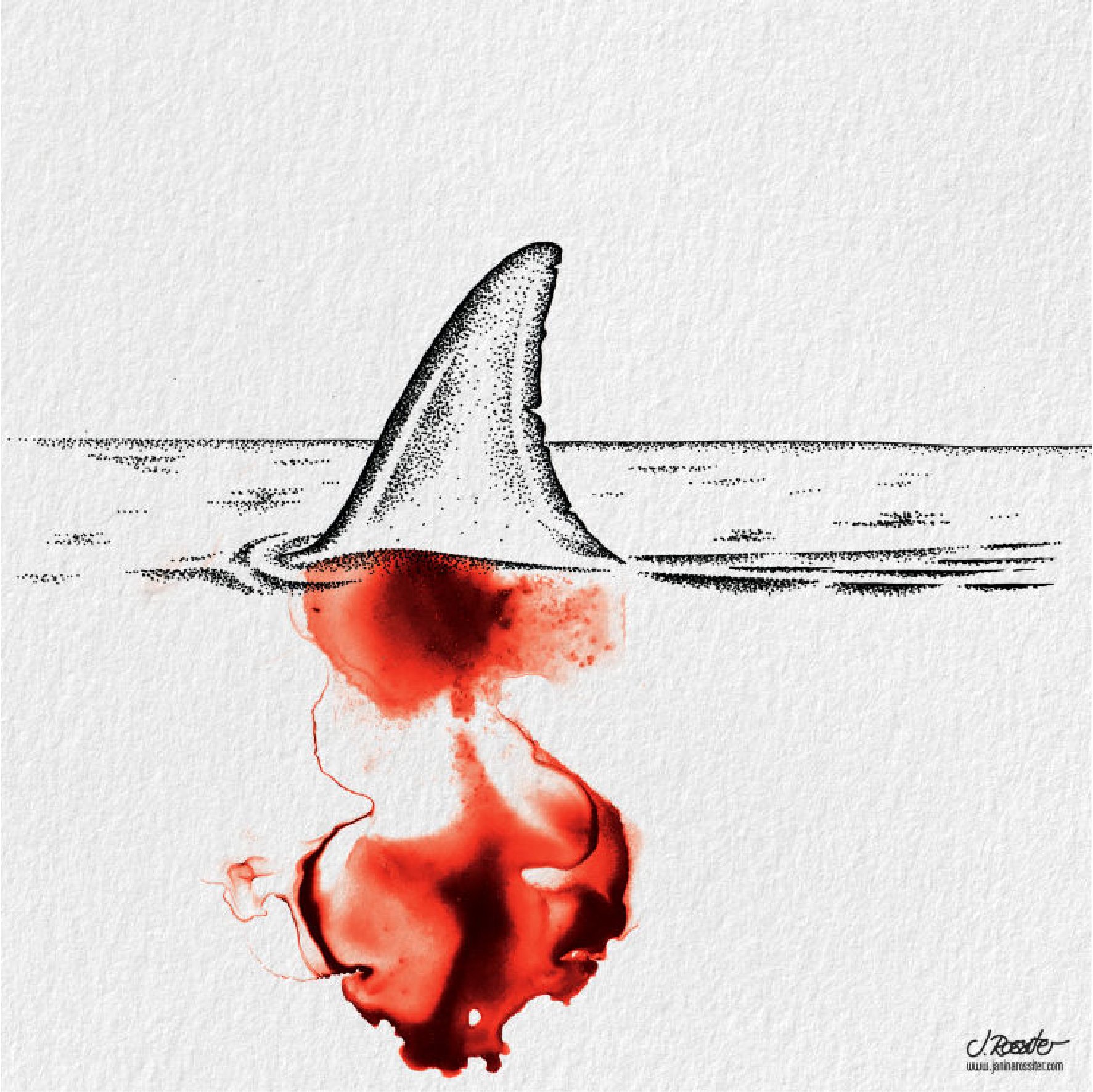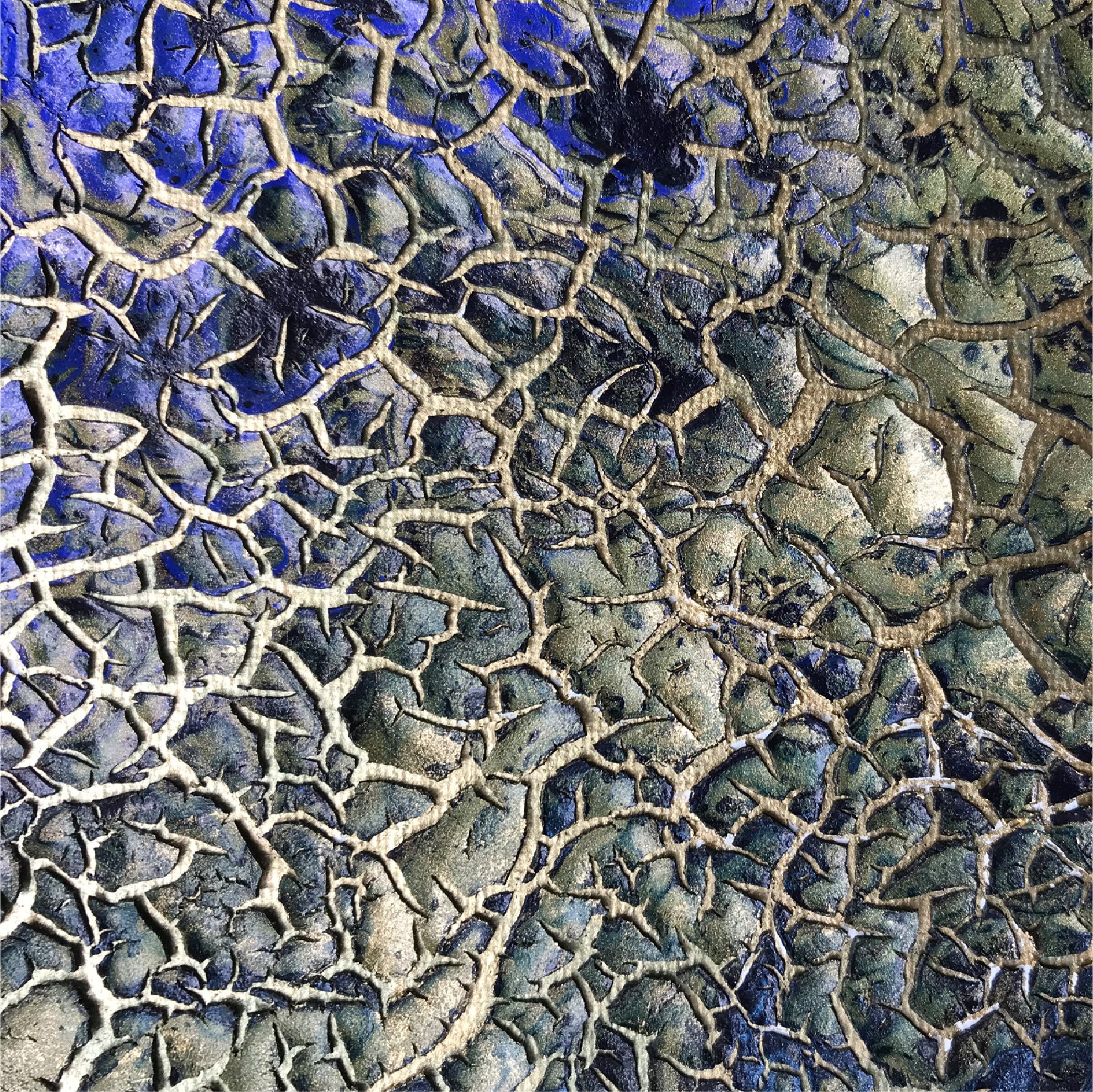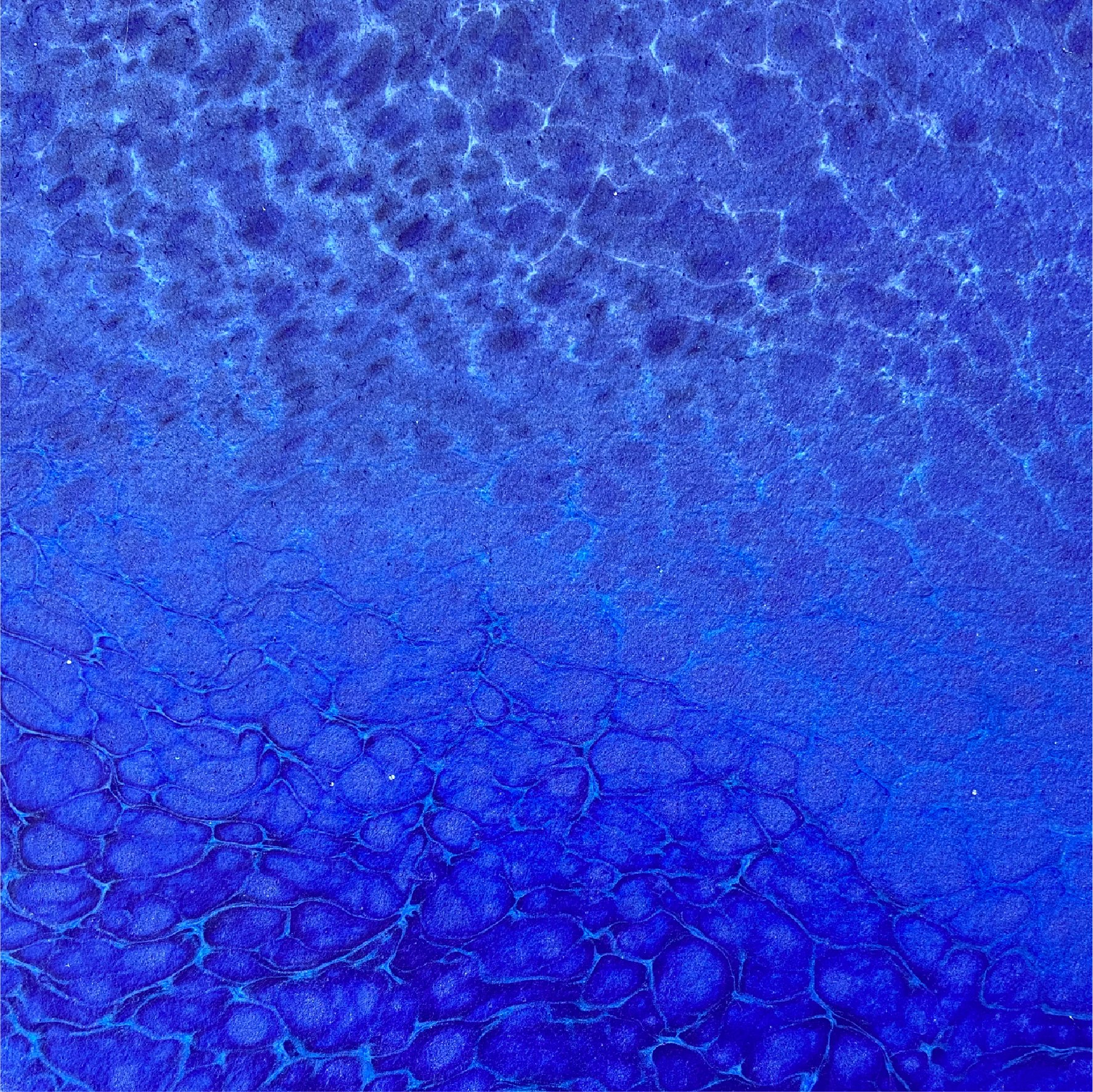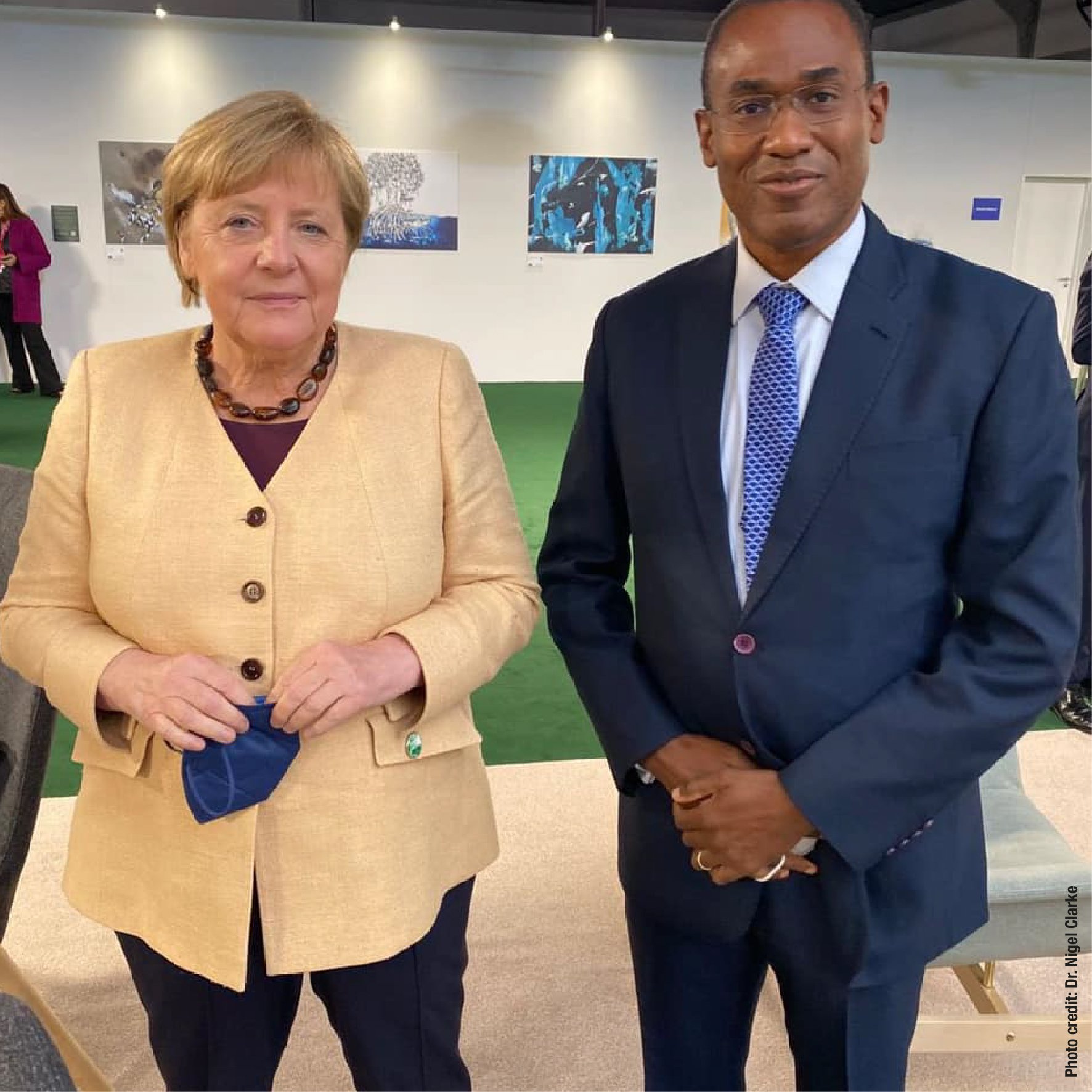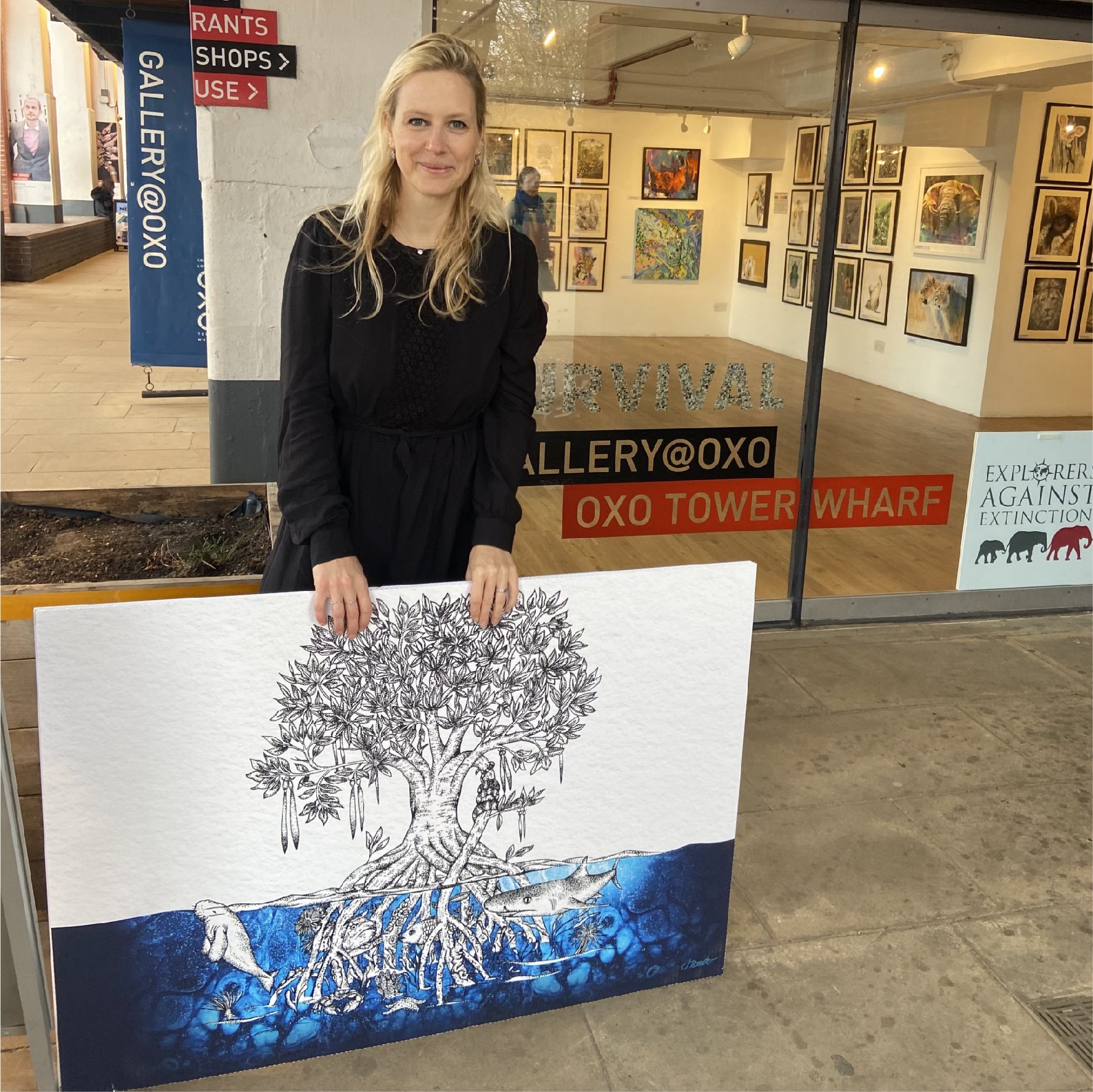Interview
Janina Rossiter
Amazon bestselling, award winning artist and multi-award-winning author Janina Rossiter brings her passions together in her work: painting and illustrating children's books.
As an illustrator and author, Janina was inspired to write "Diamonds, Hearts & Sea Stars!" and "123 Who’s Cleaning the Sea?" because of her concerns for our environment. She is passionate about fighting climate change, protecting nature and keeping the oceans free from plastic and other pollutants. Our future depends on our actions today.
Janina created the illustrations for the Blue Ocean Watch video ‘The Song of Life’ dealing with how sound pollution affects whales.
As an artist, she feels happiest when recreating images of the ocean in her paintings. “I hope that through my art and my love of the sea, I can make my voice heard and make a difference.”
What is your background and how did you start your journey in the art world?
“My name is Nina Rossiter and I’m an Artivist. Meaning that I combine activism with my art. I’m originally from Hamburg, Germany, where I studied communication and illustration design at university, and graduated in 2006 with a German diploma (1.0 - best possible grade) from the HAW Hamburg, University of Applied Sciences, department of Design. I have worked and lived in Hamburg, London, and now Paris. Looking back, I feel very lucky, because I always knew that I wanted to pursue art as my professional career and I was able to do so.
I am also the author of 12 children’s books. My latest children’s books, ‘123 Who’s Cleaning the Sea’ and ‘Diamonds, Hearts, and Sea Stars’, focus on plastic pollution and endangered sea creatures, and help to empower young children to feel the need to protect our wildlife and to make a difference. I am also an environmental speaker, having visited many international schools over the past three years.
I have worked for 16 years as a graphic designer for commercial clients, and since 2018 I’ve refocused my career on being a full time artist who uses Artivism as their main focus.”
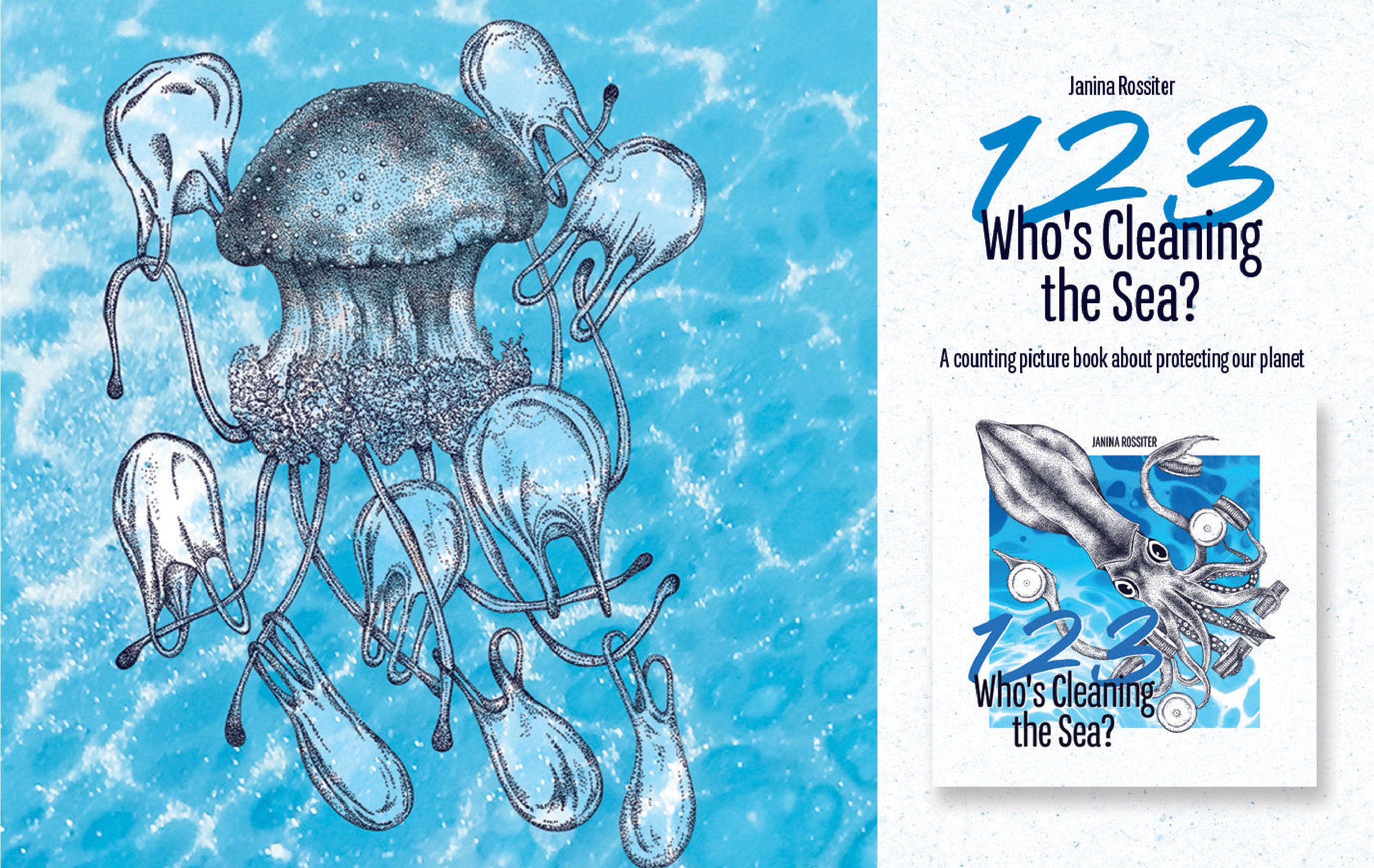
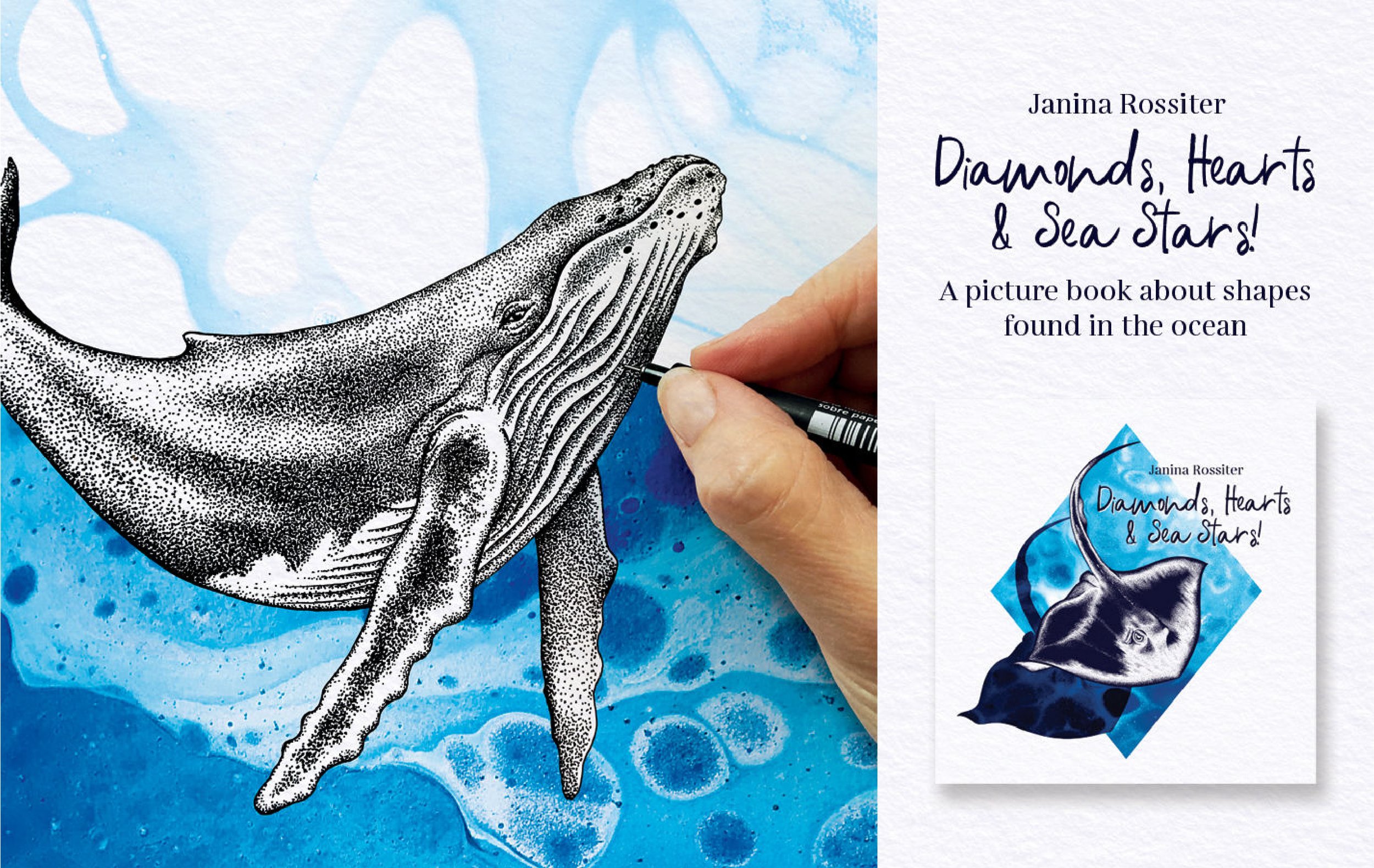
What does your work aim to say? Does it comment on any current social or political issues?
“My books and artworks are the core of all my work. That’s how it started. This is where my mission is. To raise awareness of environmental issues that are important to highlight.
I think it often has to do with how we are raised and what we learn in school. The Ocean and how to protect the world’s resources is not part of our school curriculum, but I think they should be. That’s one of the main reasons why I go to schools and give talks. I hope I can inspire the children to create artworks and to set them on a little journey. A journey that helps to discover the problems of our planet and that can create change for a better future.”
“My main focus is to raise awareness of the problems our oceans are facing and to give solutions of behavior changing methods to protect our planet.”
Which current art world trends are you following?
“I guess collaborating is a trend, so I would say that. I think no-one can solve a problem on their own and we need to work as a team. With artists, there’s always the fear of copying each other and stealing ideas but I think a true life journey can’t be copied - the true identity will always shine through to the audience. So I have no fear of connecting to other artists, quite the opposite. I think it’s important that we are there for each other and support each other. Working on environmental issues can be tough and draining, so it's important not to lose your spirit and passion. We even started our own chats last year on Clubhouse. You can find the other talented artists here.”
Do you plan your work in advance, or is it improvisation?
“My work is very impulsive. An emotion or a feeling that I have to express due to a situation I experienced, an event that happened, or something I read about. I have an overall plan for what direction my work is going but most of my artwork is a reaction.”
What process, materials, techniques, etc., do you use to create your artwork?
“I am a mixed media artist. I love to play around with art techniques that remind me of water, such as fluid art and alcohol inks. I also enjoy pencil drawings and the stippling technique.
The art technique I use is a completely original adaptation of fluid art that I discovered and developed on my own. The technique involves breaking up the paint in a controlled action, so that it only produces the breaking effect where I want it to be. To me, this fracture or rupture effect evokes the emotion of a planet in conflict. I also work with alcohol ink, which is an ideal technique for evoking the element of water.”
What does your art mean to you?
“Art means liberty.
Art means freedom of speech.
Art means creativity.
Art means imagination.
Art means a freedom of hearing a voice that would have normally not spoken up, which fits my case very well.As a person I would have been way too shy to express my views, but I felt I could do it through my artwork. Now as a result, it has grown my confidence to even speak up in person. By creating art to raise awareness of environmental issues, we create a way to communicate, a visual language that anyone can understand. I always try to create artwork that conveys a powerful message about the damage we are causing to our ocean and the creatures that inhabit it. I always asked myself the question, how do we get people to care? I find artivism might be able to do that, because it’s not just powerful words, but we also connect it to an image that can trigger emotions.”
What’s your favorite artwork and why?
“My favourite artwork is by French artist Malika Favre and it’s called ‘Kitty’, a homage to Kitty Ramos, a fellow artist, and it’s from her 2017 Mexico art residency series ‘Siempre Playa’. This illustration was created after a residency project in Mexico’s Yucatan’s peninsula and was inspired by an afternoon of snorkeling and the incredible manta ray they saw. For me this artwork is pure magic and reflects all the beautiful colours of a healthy ocean.
Mexico is one of my favourite countries and I’m also a huge fan of the Mexican painter Frida Kahlo, of her willpower and life achievements.”
Have you had any noteworthy exhibitions you'd like to share?
“There have been two previous exhibitions that have made a really personal impact in my artistic career.
The first one was in 2019 and I called it ‘Protect What Keeps You Alive’. It was an art exhibition that also raised awareness of plastic pollution. I had several installations to point out the problems with single use plastics and micro plastics, and I had a video installation from wildlife photographers and wildlife cinematographers about protecting our endangered wildlife. The exhibition lasted one week and was in a remote place in the Auvergne in central France. But it’s important to also have these conversations far away from the ocean, because everything is connected.
Spending this week dedicated to this subject and talking to people about it and watching these incredible videos have certainly left a profound memory and reinforced my dedication to protect our planet.
The other exhibition that has been a very memorable moment for me was having my illustration of a Mangrove, that I originally created for the Marine Diaries, exhibited in the BLUE ZONE VIP area, the leaders lounge at COP 26 in Glasgow, Scotland in 2021. It all started by donating my artwork to the Sketch for Survival competition from Explorers Against Extinction to raise money to protect wildlife. From that moment my little Mangrove illustration went on its own journey. What I didn’t know was that Explorers Against Extinction had applied for a gallery space at COP 26 with the Sketch for Survival competition. More than 7000 NGOs and associations from all over the world competed to be able to exhibit in the Blue Zone. The jury, the COP 26 organisers, selected 25 paintings or photos, of which only five were for the VIP area. I found out about this on October 31, 2021, the day COP 26 started. As the gallery space was in a very selective area, I hadn’t seen any photos of it, so I looked it up on twitter. The first search was successful and a picture of Angela Merkel and a member of parliament for North West St. Andrew, Dr. Nigel Clarke came up.
It was amazing and I felt very thankful that the Mangrove illustration received such great exposure, as it's a very important ecosystem that needs to be protected and cared for.
The illustration was also exhibited in the London Sketch for Survival exhibition at the Oxo Gallery, in the South Bank Center for contemporary art in London - the full proceeds of the sale going to the association Explorers against Extinction. I also won the Explorers Against Extinction Sketch for Survival exhibition in the category ‘artist of the year wild spaces’.”


